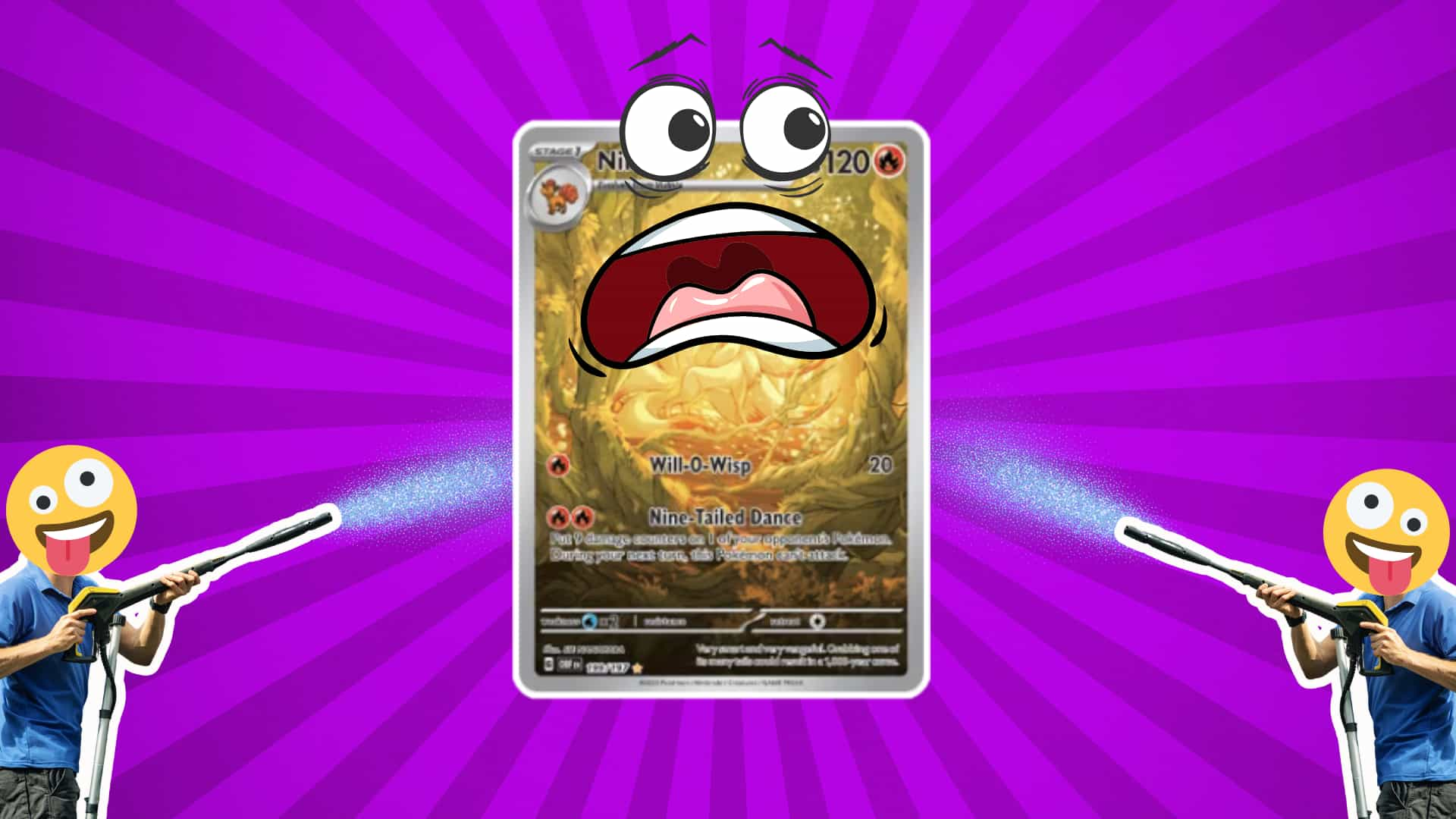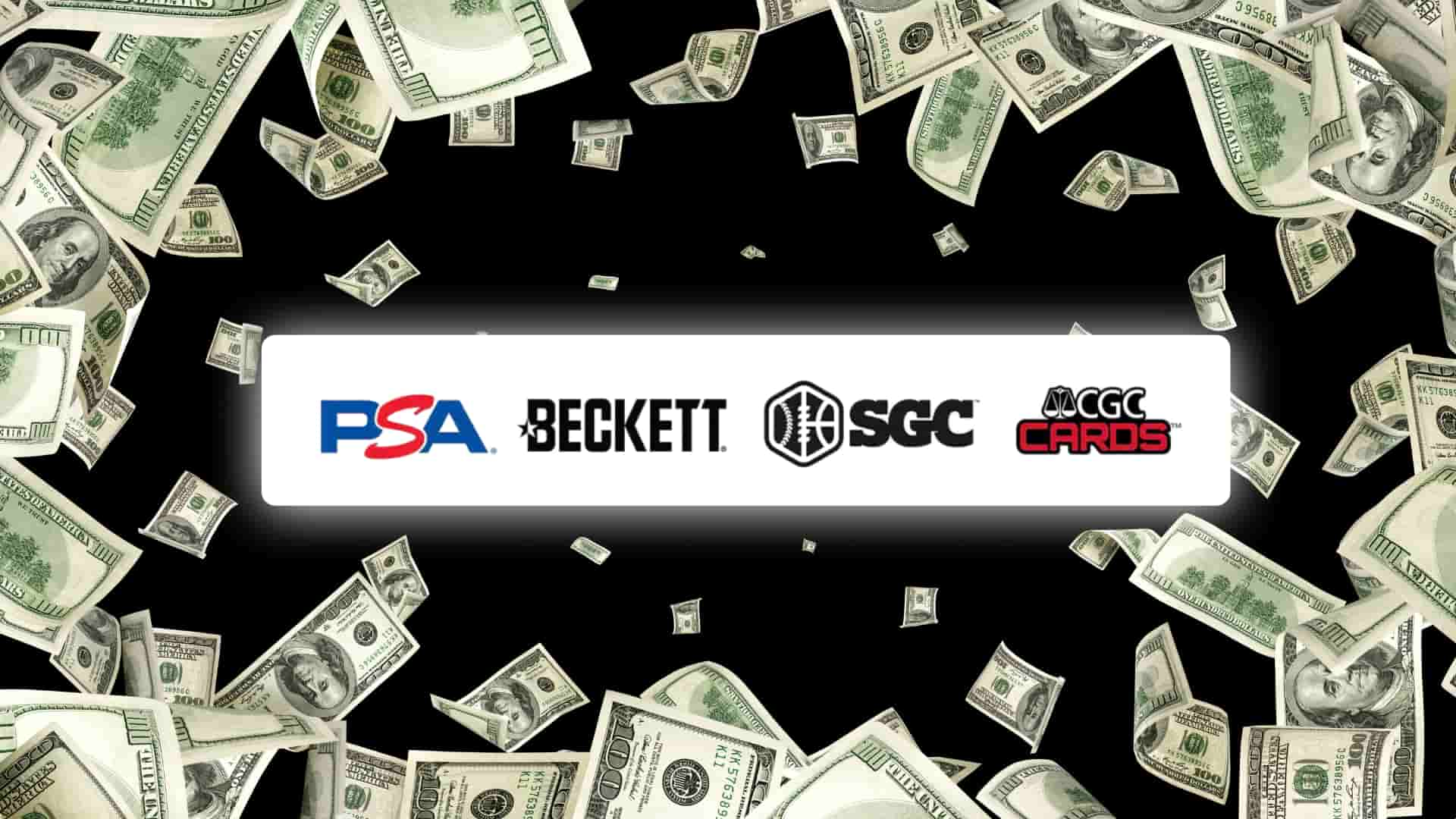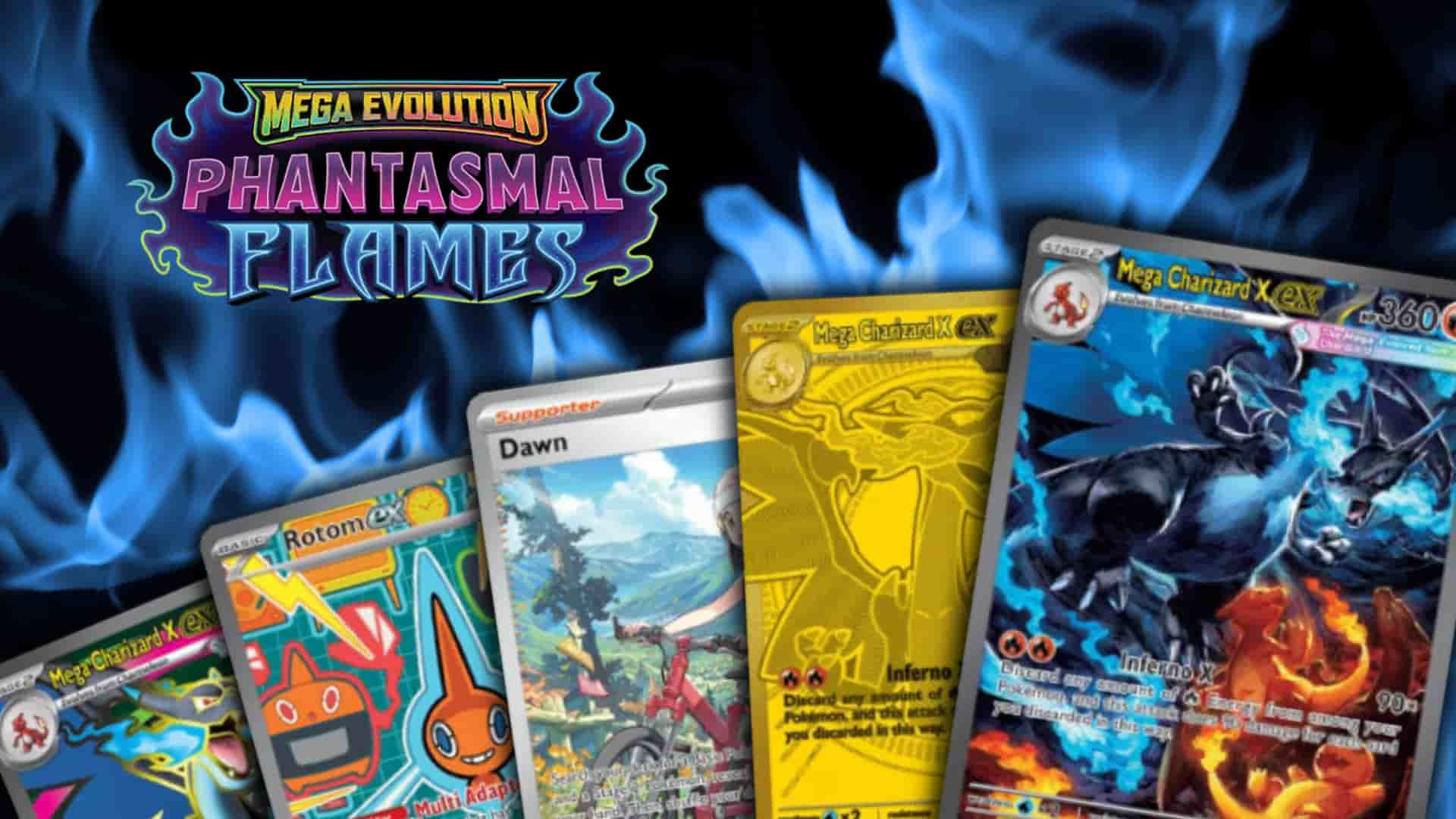You’ve got the card. It’s a monster pull, perfectly centered, and a sure-fire PSA 10 contender. But then you see it under the light… a tiny fingerprint. A speck of dust. A bit of fuzz from the pack.
The panic sets in.
“Should I wipe it off? What if I scratch it? What if I don’t wipe it, and the grader docks me for it?”
This is the single most nerve-wracking part of the pre-grading process. We’ve all been there, agonizing over what to do. So let’s settle this debate once and for all.
The Short Answer: Less Is More
Here’s the straight truth: Yes, you should do a minimal wipe-down. No, you should never “clean” your card.
What’s the difference? It’s the difference between a simple, effective “Tackle” and a high-risk “Self-Destruct.”
PSA graders will grade your card “as-is.” A big, oily fingerprint right on the holo can affect the surface grade, and they aren’t going to wipe it off for you. But trying to “fix” a card is a gamble that can lead to a catastrophic outcome.

Track Your TCG Collection
Create your free Card Codex account to monitor card prices, view real-time market trends, and analyse your portfolio’s growth.
Start Tracking Now — It’s FreeWhat You SHOULD Do
This is all about surface prep, not restoration. Your only goal is to remove surface-level debris that happened after the card left the factory.
Your Toolkit:
- Clean Hands: The first step. Wash ’em to avoid transferring any more oils.
- A New Microfiber Cloth: This is your #1 tool. It must be the soft, lint-free kind you’d use for eyeglasses.
- A Puffer of Air (Optional): A simple camera lens air puffer can blow off dust without you ever having to touch the card.
The Technique:
Be gentle! Hold the card securely and give it a single, gentle wipe in one direction. Don’t apply pressure. Don’t “scrub” back and forth. You are just trying to lift a fingerprint or a speck of dust. That’s it. Seriously, that’s all you should ever do.
What You MUST NOT Do
This is where good intentions turn into tragedies. Doing any of the following can and will get your card flagged by PSA, and the consequences are devastating.
- NO MOISTURE. EVER.I don’t care what you read on an old forum. No water, no Windex, no isopropyl alcohol, not even your own “huffing” breath. Moisture warps cardboard instantly and can be easily detected.
- NO CHEMICALS.This is the cardinal sin. Never use any kind of polish, “card cleaner” solution, or abrasive. This is considered card “altering,” full stop. It’s in the same family as fading their Pokémon cards on purpose—it’s changing the card from its original state.
- NO AGGRESSIVE RUBBING.See a factory print dot? A tiny bit of holo gunk? Leave it alone. That is part of the card’s original condition. Trying to “fix” a factory flaw by scrubbing it will only damage the card and get you flagged. That’s not a “Mint” card; that’s a “Damaged” one.
The “Altered” Kiss of Death
So, what happens if you get caught trying to be a “card doctor”?
If a PSA grader detects any evidence of “doctoring”—unnatural gloss from a polish, “evidence of cleaning” from a chemical, or warping from moisture—they will not give your card a number.
It will come back in a slab, but it will have the “Authentic Altered” (AA) label.
This “grade of shame” absolutely destroys the card’s value. You’ve taken a card that had a shot at a PSA 9 or 10 and permanently branded it as “doctored.” This is a critical part of understanding Pokémon card conditions; “Altered” is not a condition you ever want.
Be Safe, Not Sorry
The goal of pre-grading is not to improve the card. The goal is to present its true, original condition in the best possible light. A gentle, dry wipe with a microfiber cloth is safe practice.
Anything else—any liquid, any chemical, any “secret technique”—is a gamble you can’t afford to take. Don’t let a moment of panic over a fingerprint be the reason you destroy what makes a Pokémon card valuable.
If you are new to the grading world, don’t forget to check out our guide to your first PSA submission!







